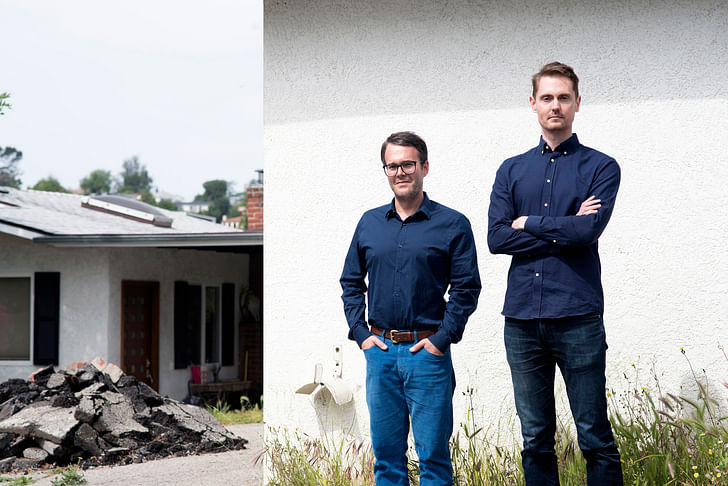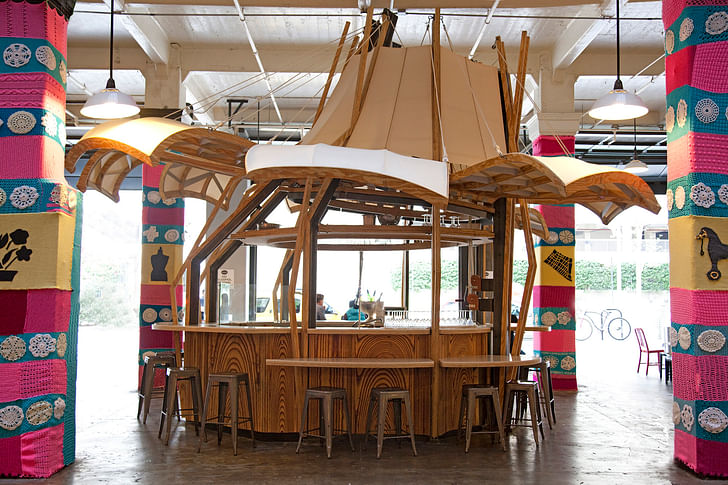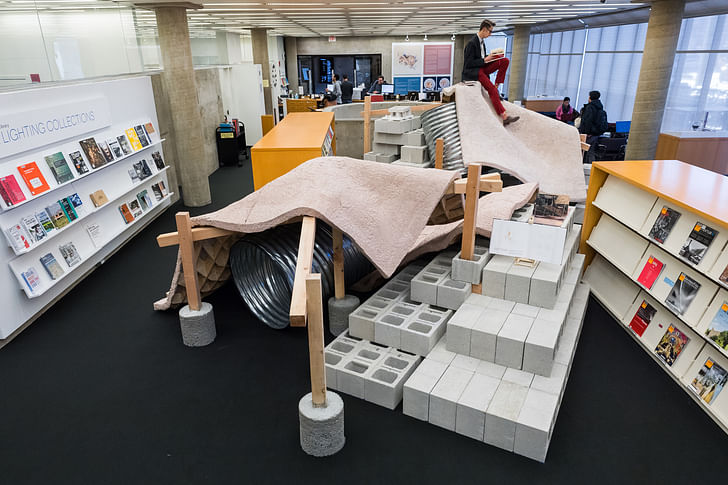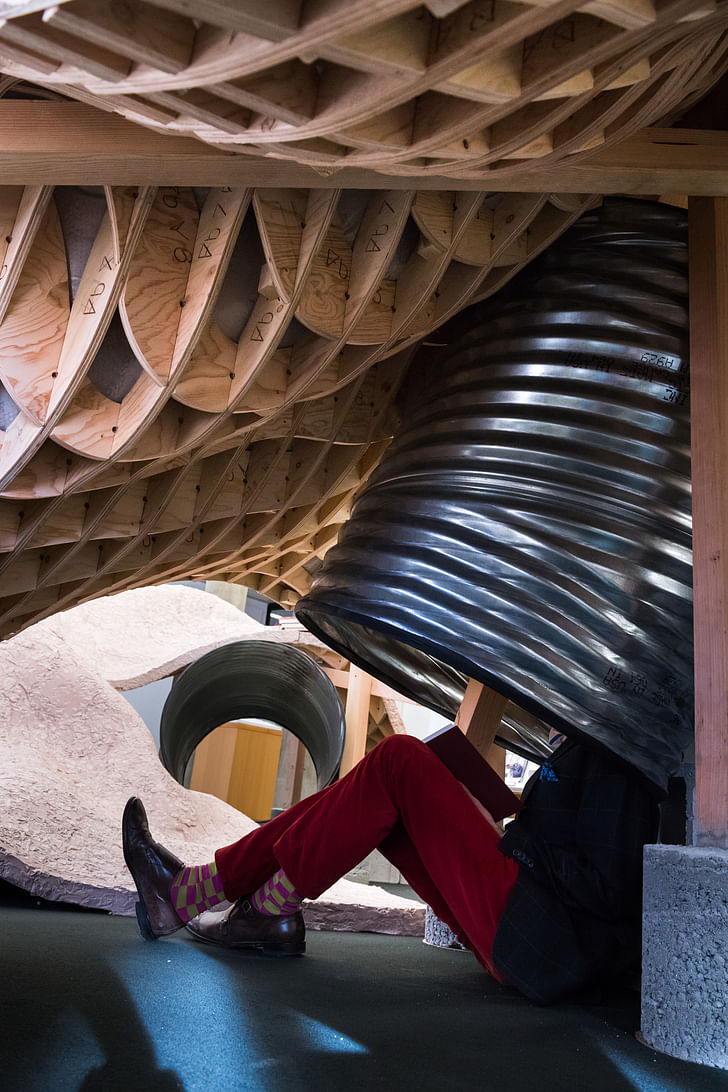

Founded in 2004 by principals Claus Benjamin Freyinger and Andrew Holder, the Los Angeles Design Group straddles the line between being a service-oriented firm dedicated to building real projects and an experimental laboratory.
This week on Small Studio Snapshots, we talk with the partners about intra-office communication, the proverbial grandma's closet, and the difficulties in teaching methods of experimentation.
How many people are in your practice?
There are currently eight of us: four at our office in Venice Beach and four at our office in Cambridge. But it's funny, as we write this we realize we've been so absorbed in the enterprise of building this practice that maybe a preposition other than "in" is required for the two of us. Perhaps like Children of the Corn or Planet of the Apes, we (Ben and Andrew) are people "of" the practice.
Why were you originally motivated to start your own practice?
We were graduate students at a time when there was an interest in problematizing the relationship between small-scale architectural practice and the idea of an intellectual project. Early in our professional lives we would be offered a commission to renovate our grandmother's closet We both remember hearing something like a cautionary fable: that early in our professional lives we would be offered a commission to renovate our grandmother's closet. If we chose to accept this commission, so our memory of the story goes, we would forever be a service firm—subject to the whims of the market with no intellectual credibility. We founded our practice with the ambition to defy this distinction. Our very first commission was something very similar to the proverbial "grandmother's closet," but at the same time our overarching interest has been to cultivate an intellectual project and think about architecture as a practice of cultural engagement.


What hurdles have you come across?
We've encountered the hurdles that one would expect starting a small studio from scratch: learning enough about the tax code so that we can pay ourselves and our employees, writing our first contracts, figuring out how to use construction documents to communicate with contractors and subs. We would call these kvetch-hurdles – things that practitioners kind of enjoy complaining about, particularly to the extent that complaining about the difficulties of these things separates academic work from practice; "badge-of-a-real-practice" stuff. kvetch-hurdles: things that practitioners kind of enjoy complaining about But the greatest difficulty has been learning how to communicate our design practices inside the studio. How do we teach employees methods of experimentation? And then how do we teach discrimination and judgement as a common basis for distinguishing between good and bad form? How do we teach design procedure without design ever becoming as rote and listless as a recipe? We understand why some of the architects we most admire were compelled to write books.


Is scaling up a goal, or would you like to maintain the size of your practice?
In a way we, personally, have been the limit to the growth of the practice.Scaling up is the goal. The limit to our short-term growth is really intra-office communication—making sure the design ambitions are clear enough to everyone in the office so that a larger group of people can take on the tasks that we used to do ourselves in the early days of the practice. In a way we, personally, have been the limit to the growth of the practice.
What are the benefits of having your own practice? And staying small?
We love the challenge of being responsible for everything. So far we've only been small. We're curious to see what happens to small when it grows a little.


No Comments
Block this user
Are you sure you want to block this user and hide all related comments throughout the site?
Archinect
This is your first comment on Archinect. Your comment will be visible once approved.